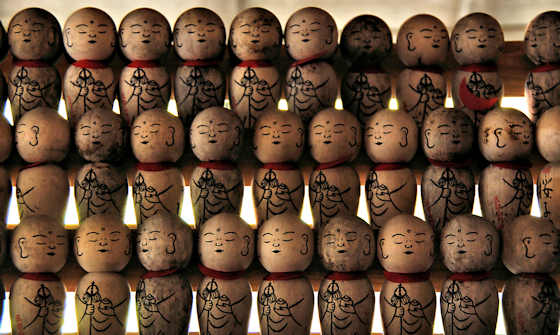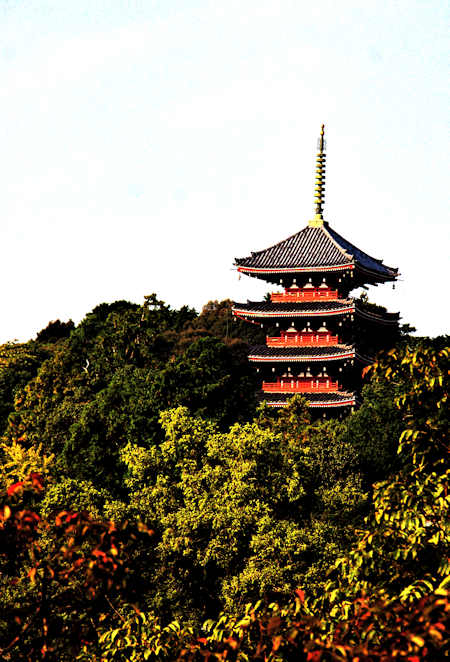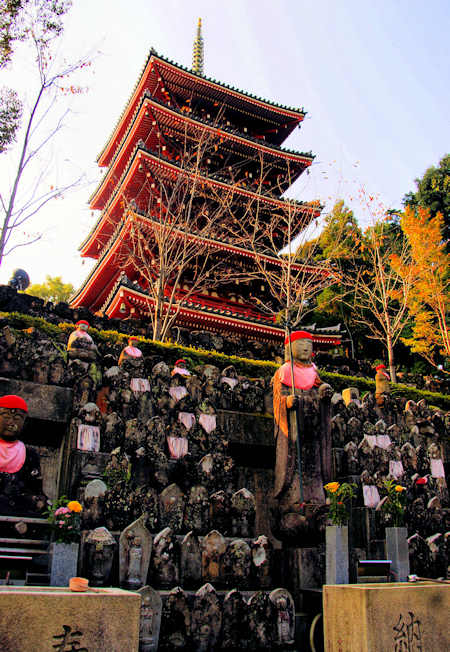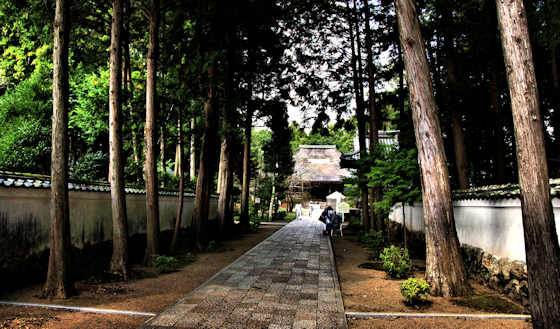Near the very tip of Cape Muroto in Kochi, Shikoku, is a pair of small caves near the shore that, while not in any way impressive, still get lots of visitors and pilgrims because of their history.
In the first years of the 9th Century a young man named Mao had been trying to achieve Buddhist enlightenment for some years and brought himself to the cape and within these caves set about a grueling program of austerities and meditation.
At the age of 30 he achieved his aim and changed his name to Kukai, a combination of "sea" and "sky" which is what he could see from inside the confines of the cave.
The mani is now known as Kobo Daishi, a name bestowed on him long after his death, and he is probably the most well-known religious figure in Japanese history, founding the Shuingon sect, and the focus of the Shikoku Pilgrimage.






























































